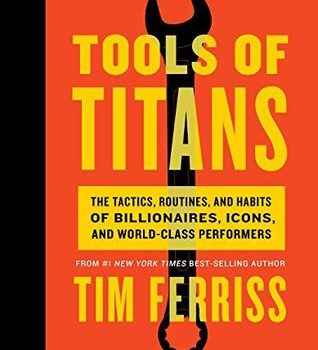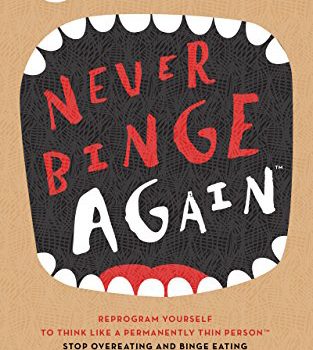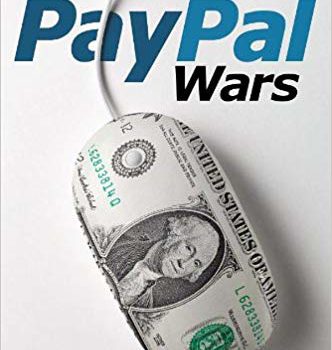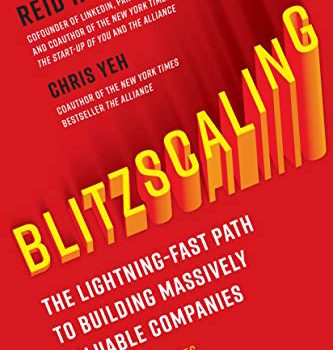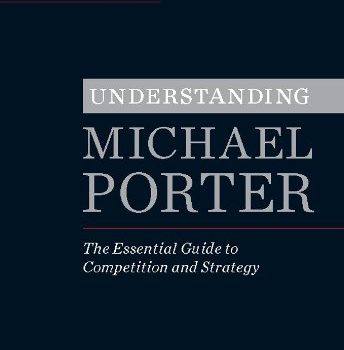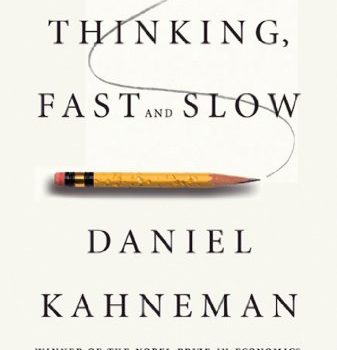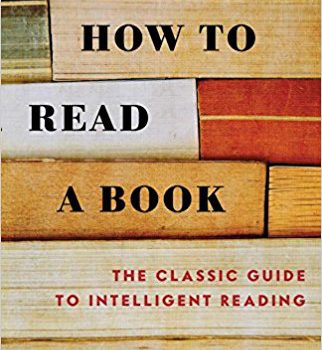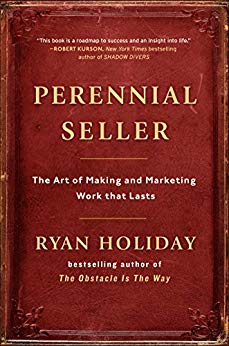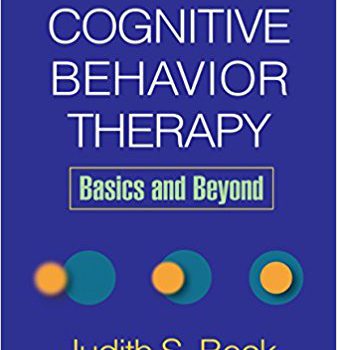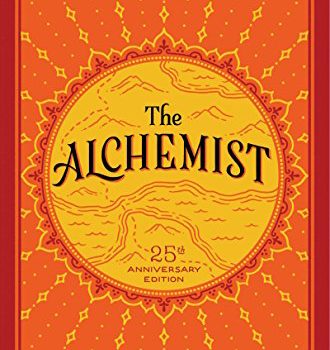In his epic 707-page Tools of Titans, Tim Ferriss shares the habits and beliefs of 101 people at the top of their game, including tech investors like Chris Sacca and Peter Thiel, entrepreneurs like Linkedin’s Reid Hoffman and Evernote’s Phil Libin, superhuman athletes like Amelia Boone and Wim Hof, media figures like Edward Norton and Whitney Cummings, and more.
These are the principles that successful people use to achieve audacious goals, improve themselves, and be happier. If you can apply the lessons from this book, you can be more effective.
The problem with Tools of Titans is its organization – every titan has a separate chapter, leading to over 140 short chapters over 707 pages. For Tim, this makes sense, as he wants to pay homage to the titans and make it easy to find personalities you care about. But when organized this way, it’s hard to see the bigger picture.
What I really wanted to know were patterns of habits across the titans. What do many successful people do that I don’t currently do? I wanted to see the beliefs of titans organized by theme, like how to define your life goals, how to think of good ideas, how to be happier everyday.
That’s what I’ve done in this summary. I’ve extracted my favorite lessons from the book and reorganized them by theme. This way, you can see how 10 titans focus their lives to cut out the noise, and how 9 titans find time to be grateful every single day.
